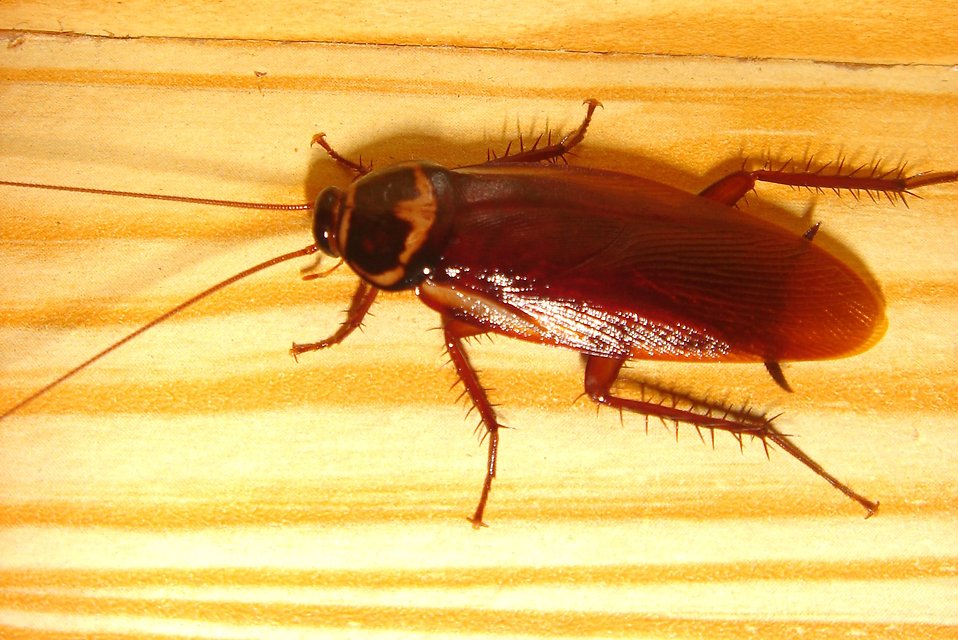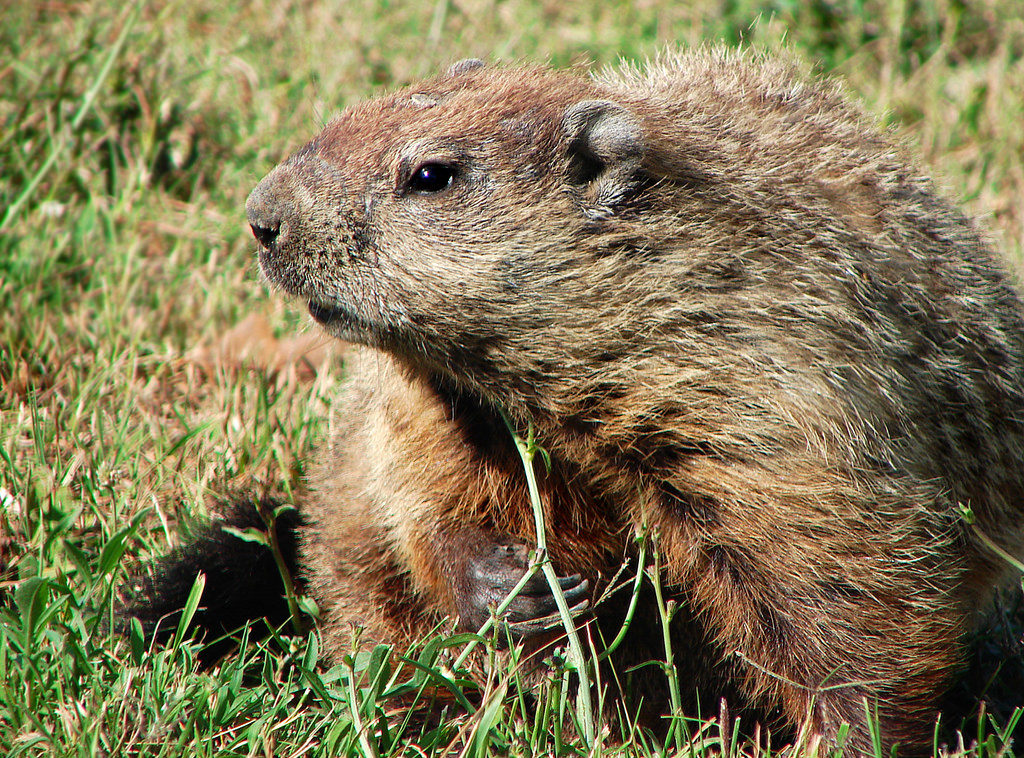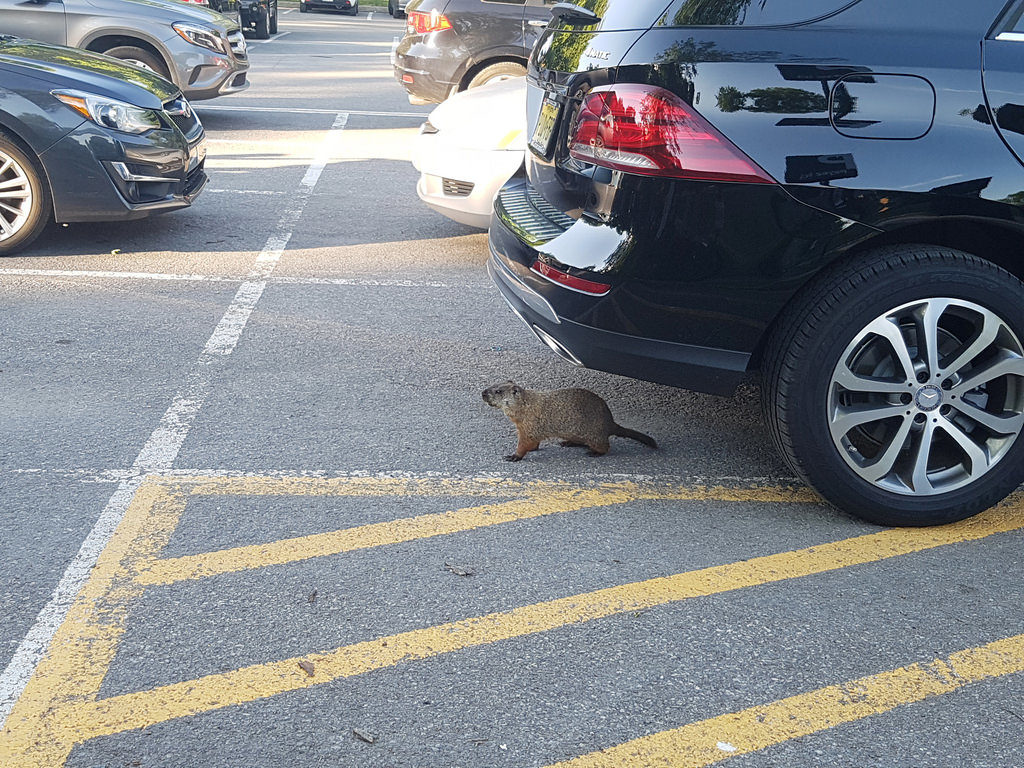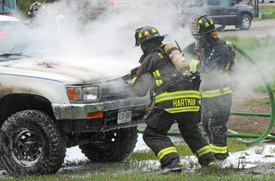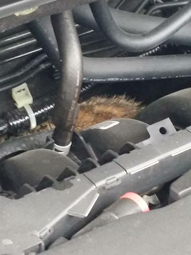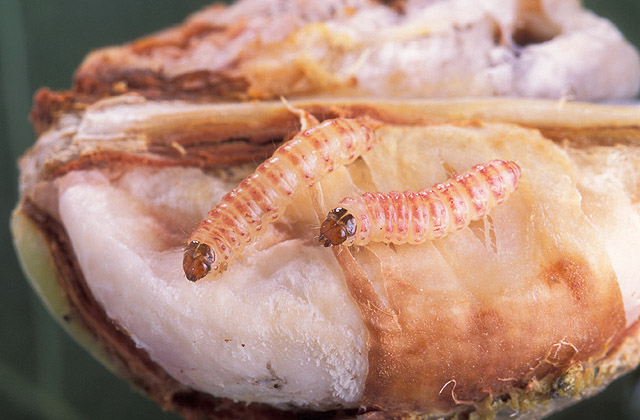
In particular mouse and rat genes are now being cloned at an ever increasing rate providing a genetic framework for animal models of many human diseases. The cotton rat is technically known as Sigmodonhispidis.
Although it is a rodent, S. hispidis is neither a rat nor a mouse; its closest relatives are lemmings, voles, and muskrats. The cotton rat is the most common rodent in the southeastern United States.
Notably, the cotton rat in the wild is now recognized as a primary host of hantavirus in the southeastern United States.
Cotton rats prefer dense cover such as grassy fields, overgrown roadsides, or fencerow vegetation adjacent to cultivated fields. They also occupy meadows, marshy areas, cactus patches, and weedy ditch banks. Under the protective cover, the cotton rat will have well-defined runways radiating in all directions from the nest site.
They are active year round and do not hibernate although heavy rains and extreme cold weather will decrease its activities. Hispid cotton rats run and swim. Cotton rats are normally herbivores, eating the roots, stems, leaves, and seeds of a wide variety of plants. They also feed on sugarcane, fruits, berries, and nuts. Cotton rats will cut tall plants off at the base and continue to cut them into shorter sections. They also eat insects, the eggs and young of ground-nesting birds and the carcasses of dead animals. They are called cotton rats because they build their nests out of cotton, and can damage cotton crops.
Cotton rats are basically nocturnal but will venture out in the daytime and are active year-round. They may damage a variety of crops, including grains, grasses, vegetables, peanuts, fruit crops, sweet potatoes, and sugar beets. Cotton rats are especially troublesome in sugarcane and melons. Since these animals will eat quail eggs, a high cotton rat population may have a detrimental impact on quail nesting success. Cotton rats also compete with quail for the same foods.
Hispid cotton rats are known to carry numerous diseases such as, hantavirus pulmonary syndrome, rat bite fever, salmonellosis and tularemia, which can be transmitted to humans, pets and livestock.
Cyclical Population Explosion of Cotton Rats Causes Concern
October 25, 2005
CANYON The Texas Panhandle and South Plains needed a pied piper this summer to deal with a population explosion of cotton rats.
Alarm was raised this year when the normally range-habitat rat started showing up in towns, getting the attention of homeowners, said Ken Cearley, Extension wildlife specialist in Canyon.
A pumpkin producer in Yoakum County reported up to 60 percent of his pumpkins were damaged by the rats gnawing on them. One homeowner reported trapping 10 in her home.
There was an article in “The Mammals of Texas – Online Edition.” where a incidence took place in Texas again where millions of cotton rodents caused serious losses to farm crops, particularly peas, peanuts, watermelons and cauliflower.
“This thing exploded rather quickly and we didn’t know how broad and wide it would be,” Gilliland said. “It has been a fire drill for us.
Seemingly innocuous attacks by cotton rats can cost us dearly in terms of monetary value as well as human life. It is imperative that we take steps to control and contain this damage. Conventional methods of dealing with these creatures included use of armored cable, use of glass roving, insecticidal baits, glue boards and use of toxic chemical additives. Along the years each of these tried and tested methods have failed at some levels due to many reasons including adaptability of rodents, development of immunity to traditional poisons etc.
The time has come to look for a better alternative which is effective, ecofriendly and long lasting solution.
These rodents play a vital role of our ecosystem. These cotton rats are useful as an important animal model for study of various pathogens, infections etc. Since these rodents are vital for our ecosystem, it is of extreme importance to find a safe and non-toxic solution for the cotton rats problem which would keep these insects at bay while not causing any harm.
CTech Corporation can offer a solution to overcome
Combirepel™ masterbatch can be incorporated
RodrepelTM is also available in form of liquid solution, lacquer, and sprays.
The Combirepel™ lacquer is a proper solution as a topical application to apply on fencing of trees and lawns. Lacquers do not interfere with the aesthetic properties of the application.
Combirepel™ Liquid concentrate can be diluted in paints and applied on surfaces while sprays are
If you are facing problems from these pests that contact us on technical.marketing@ctechcorporation.com
Also visit our websites:
http://www.ctechcorporation.com/
http://www.rodrepel.com/
http://www.termirepel.com/
http://www.combirepel.com/
Follow our Facebook pages at:
1] https://www.facebook.com/Combirepel-411710912249274/
2] https://www.facebook.com/Termirepel-104225413091251/
3] https://www.facebook.com/Rodrepel-120734974768048/
Follow us on our Twitter pages at:
1] https://twitter.com/rodrepel
2] https://twitter.com/termirepel
3] https://twitter.com/combirepel

